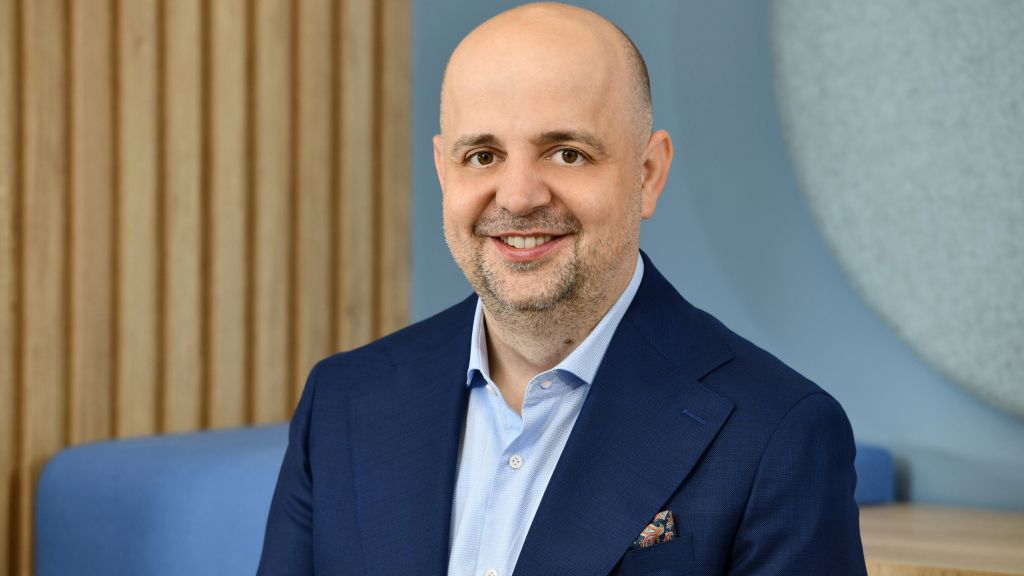Romanian-made cars now have Romanian-made glass
45 year ago, when Dacia-Pitesti started car production, it was quite natural to have a producer nearby for a bulky item like glass. So, Buzau (200 km away by Pitesti) has become a centre for the glass industry, being a supplier for all Romanian automakers. At the end of the ‘90s, the new Dacia by Renault gave up using domestic, glass step by step; the other producers quitted production altogether (of buses, off-road vehicles, tractors, trucks), so it looked like the end of the road for this industry in Buzau.
Actually, the old factory, Gerom Buzau, was continuing to produce windows for cars as spare parts, but its core business is now glass for construction (for example, glass walls). Obviously, there is a local know-how in Buzau regarding glass processing, and Glasscorp is a good example: established in 2005 – in the beginning only having Romanian holders – is now part of the global players in this field.
It might not be accidental that the Turkish investment from Buzau came in the year a state aid scheme was approved to help the big consumers pay less on energy bills and there were discussion to maintain the current price of domestically produced gas for at least 2 years.
When Brussels and Bucharest rediscover the old industry virtues
In October, the European Commission approved plans to reduce the contribution to the financing of renewable energy for certain companies active in sectors with particularly high electro-intensity and trade exposure. The beneficiaries will pay 85%, 60% or 40% less RES support if they demonstrate an electro-intensity of more than 20%, between 10% and 20%, or between 5% and 10%, respectively. The beneficiaries would also need to show that they respect some criteria: (1) do not record debts to the general consolidated budget of the state; (2) carry out energy audits and implement measures to improve their energy efficiency; (3) do not lay off more than 25% of employees and maintain activities in the European Economic Area; and (4) conclude partnerships with educational institutions in order to narrow the theory-practice gap, increase professional level and attract skilled personnel.
Just a brief history – since 2011, the producers of electricity from renewable energy sources (RES) have been receiving a specific number of green certificates, depending on the technology used, for each MWh produced and delivered to the grid. Electricity suppliers need to purchase a mandatory quota of green certificates and fully pass on the costs of green certificates to the final consumers.
Now, the green certificate reduction scheme will enter into force on 1 December 2014 and will expire on 31 December 2024. The yearly budget is estimated at around EUR 75 million with approximately 300 beneficiaries, from steel industry, glass, petrochemicals etc.
These are traditional industries but which are rediscovered, not only in Romania, but at the entire EU level, as essential points in the economy network.
In Romania, as in other cultures, there is an old saying that breaking a glass or a plate accidentally brings you luck. In the opaque transition period, a lot of important companies were shattered (more or less accidentally) but, at the end of the day, this brings luck to the remaining companies or to the new competitors.
For example, with its production of bottles, Stirom Bucharest is enjoying 60% of the market share for glass packaging, according to the 2013 activity report. The company is part of the Greek group Yioula, which have glass factories in Greece, Bulgaria and Ukraine (actually, the glass sold by Stirom in Romania – 37% of the market share – is made by its sister-company from Bulgaria).
This privileged position was seen in the increase of sales on the internal market, with 22% in 2013 vs. 2011. ’’Regarding the perspectives on the medium-term, we estimate an increase of turnover by 5% compared to 2013, and by 25% on the long-term’’, states the 2013 report.
On the other hand, the company is preparing to meet the market demand with less costs for production, due to the major investment in energy efficiency carried out with the help of EU funds. The entire investment which will be finalized next year is over EUR 37 million, of which over EUR 11 million are European grants. The acquisition of new equipment will bring savings in energy consumption (gas and electricity) of 25%.
Not only resistent to China imports, but ... The biggest China producer
Another survivor is Apulum Alba Iulia, the biggest porcelain / china producer in Romania, with production of houseware, hotelware porcelain and decorative items. Actually, it has become the biggest in Europe with production performed in one place, as the CEO Ioan Voican declared for a local business publication in September 2014.
We find that the company, which is controlled by an Italian trade house, is currently working at full capacity; more than that, the export demand is 30% over the production capacity of the plant in Alba Iulia, so they have to invest in order to increase production. For this project, which triggers the creation of about 150 jobs, they are also looking for European funds. About 90% from production goes to export and one of the big customers is IKEA. So, a lot of Romanians are buying plates made in Alba Iulia, but ‘’designed by Ikea’’.
According to the same source, the turnover after the first half of 2014 was about EUR 10 million, signifying an increase of 32% over the same period last year.




























